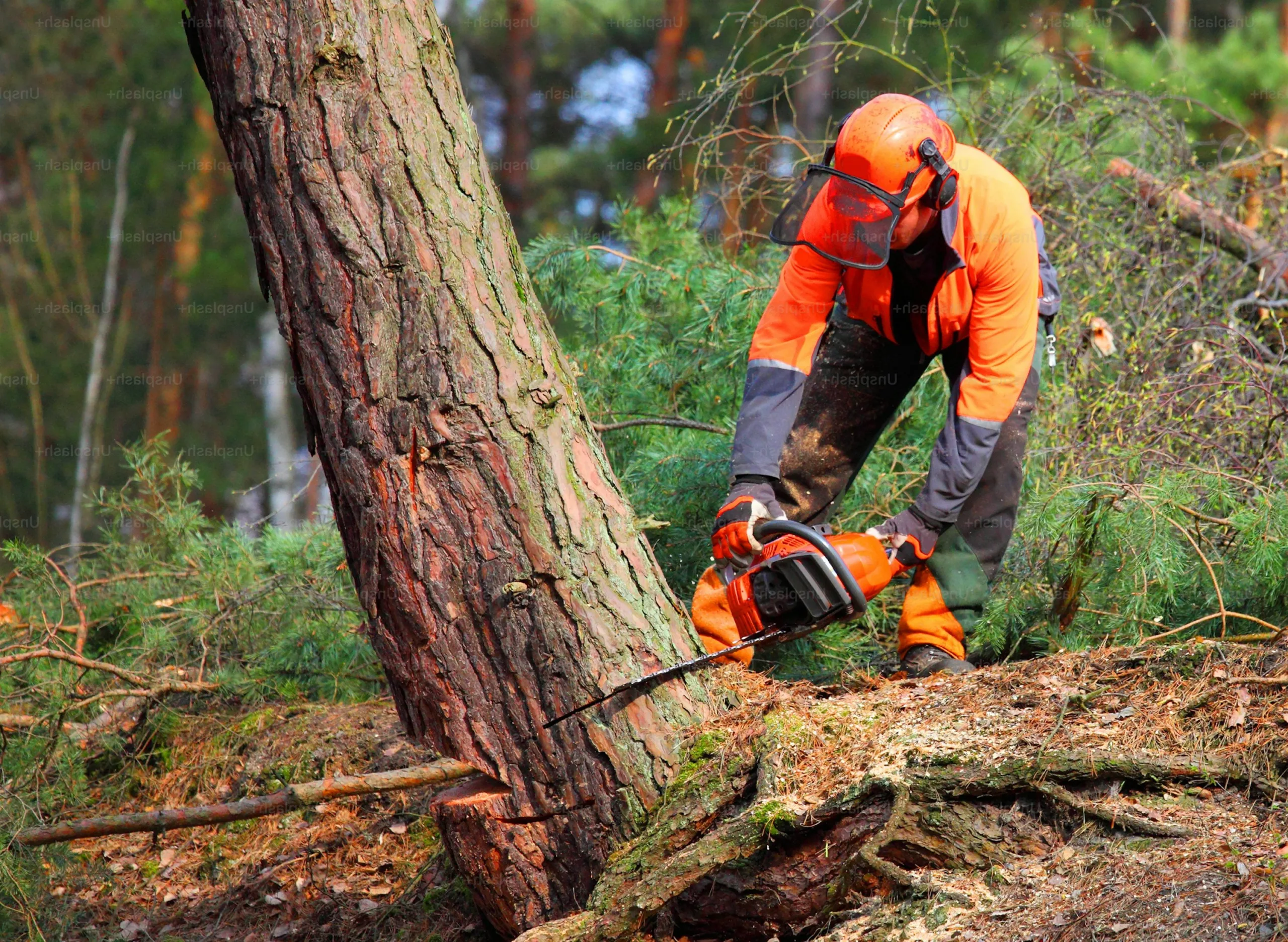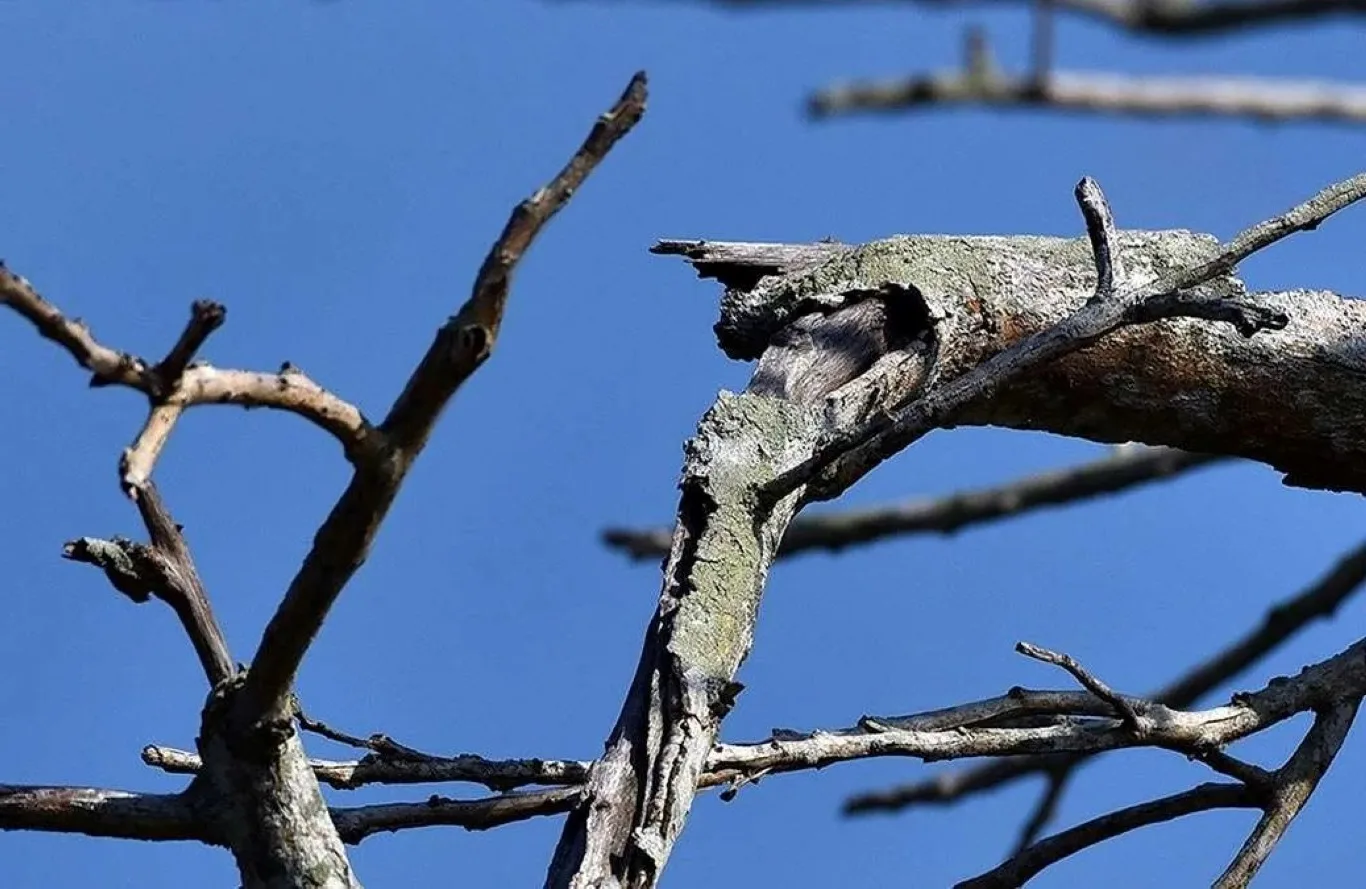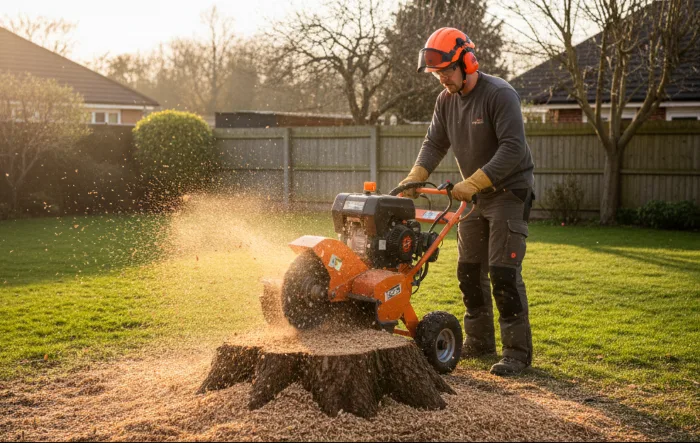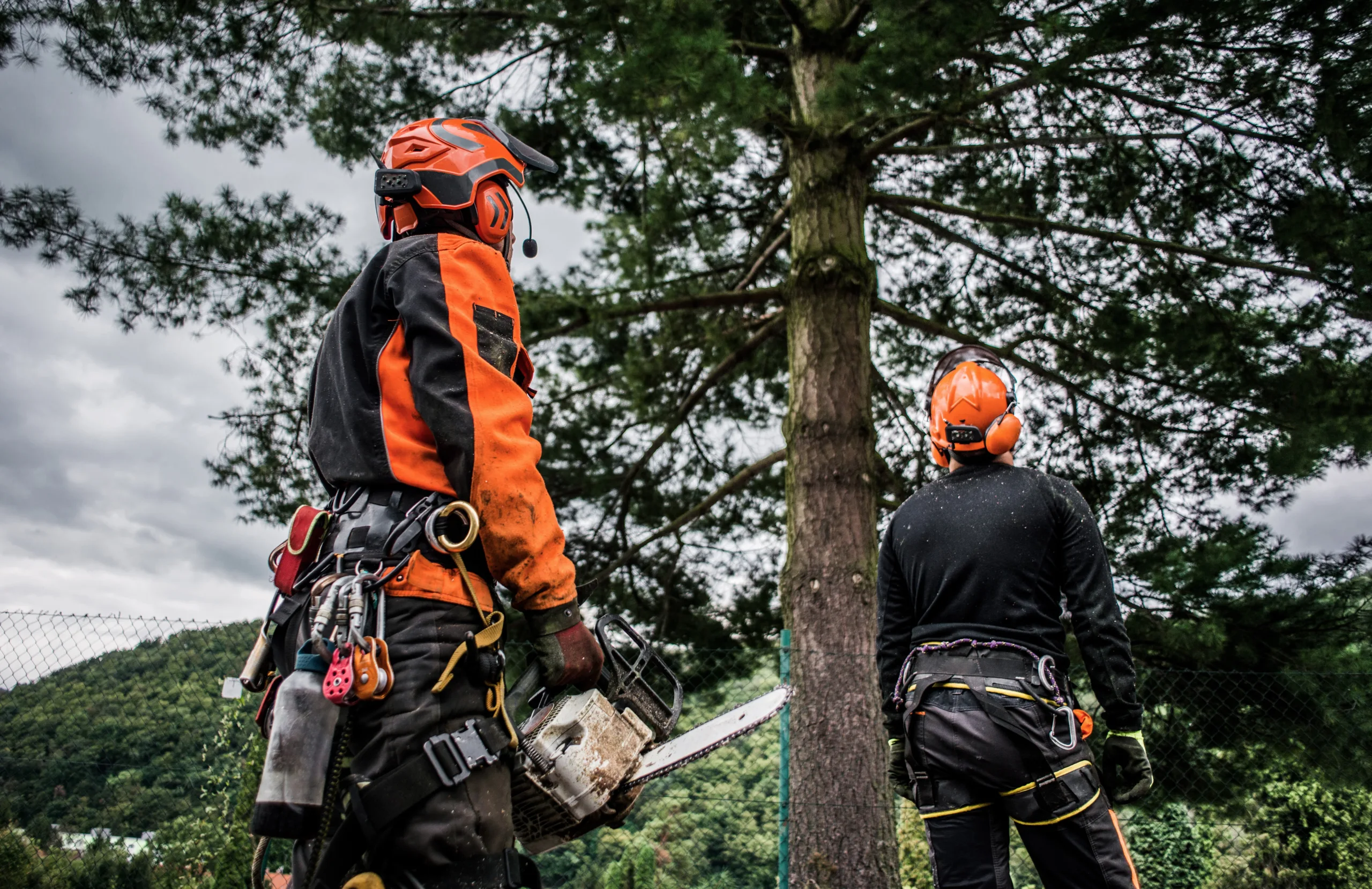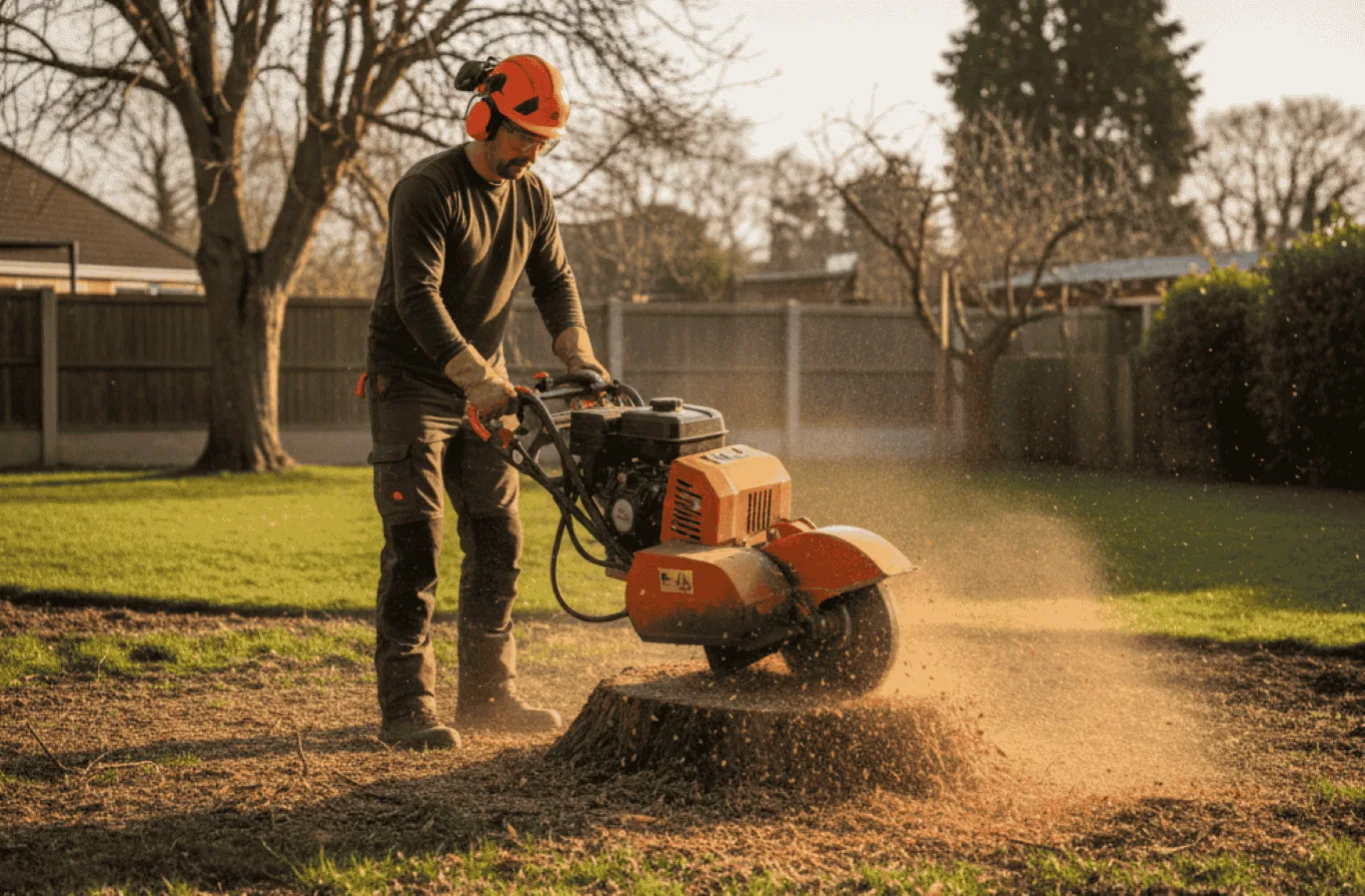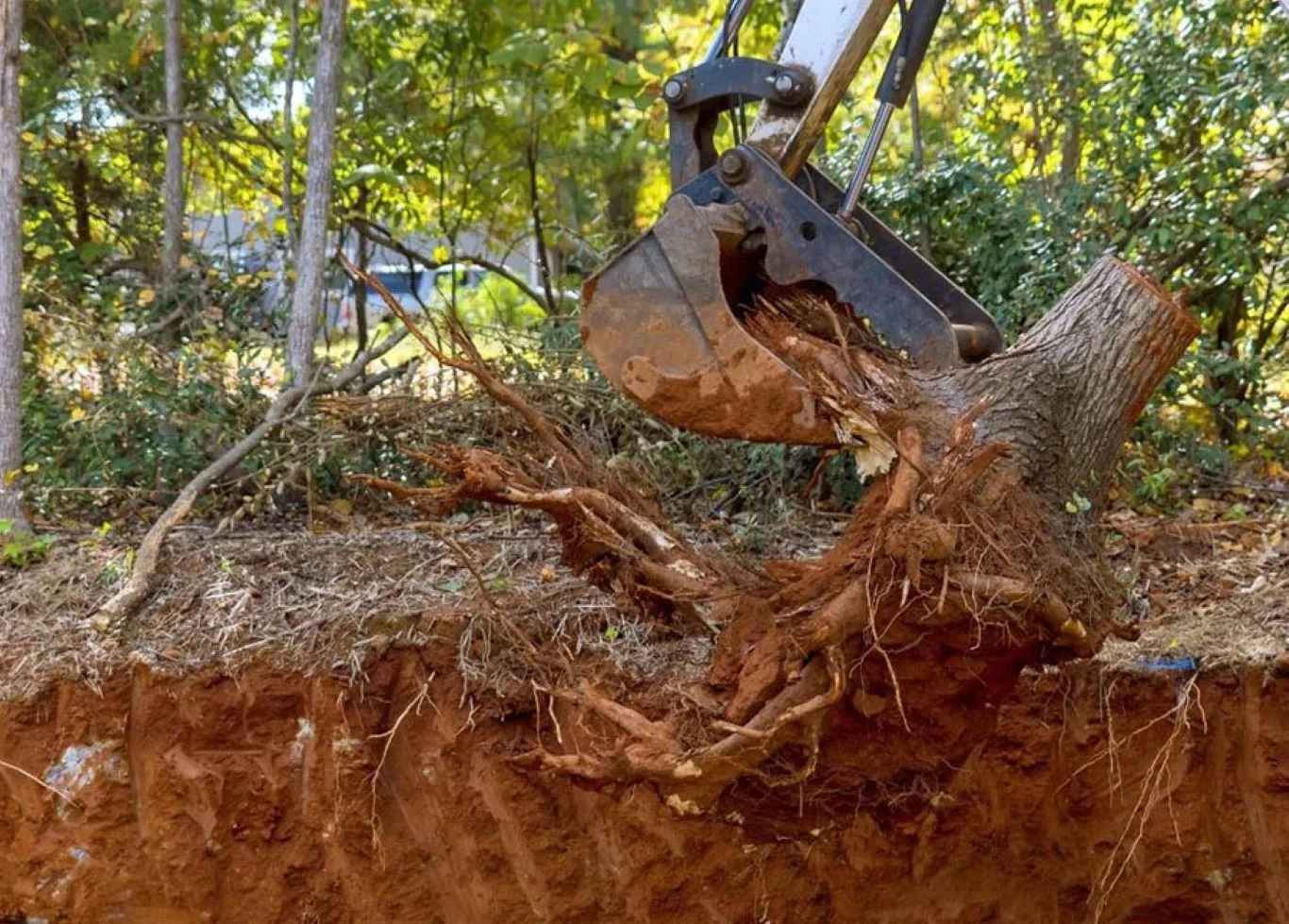Sycamore trees, known for their sprawling branches and broad leaves, are a common feature across the UK’s urban and rural landscapes. While they offer shade and natural beauty, there are times when their removal becomes necessary—whether due to disease, safety concerns, property development, or simply overgrowth. However, removing a sycamore tree is far from straightforward.
From extensive root systems to legal restrictions, there are several challenges that make sycamore tree removal a task best left to experienced professionals. In this article, we’ll explore the most common obstacles involved in removing a sycamore tree and how expert tree surgeons overcome them with precision and care.
1. Large Size and Expansive Canopy
The Challenge:
Sycamore trees can grow to impressive sizes—some reaching over 30 metres in height with wide-spreading canopies. Their thick trunks and numerous heavy branches make dismantling them a complex process. Attempting to cut down such a large tree in one go can be dangerous and cause serious damage to nearby structures, fences, or other vegetation.
How Experts Handle It:
Professional tree surgeons break down the sycamore tree in stages using a method called sectional dismantling. This involves:
- Climbing the tree or using cherry pickers
- Roping and lowering branches in a controlled manner
- Removing limbs gradually from top to bottom
This careful, strategic approach minimises risk and ensures surrounding property remains undamaged during the process.
2. Extensive Root Systems
The Challenge:
Sycamores develop strong and wide-ranging root systems. These roots can penetrate foundations, pavements, and underground utilities, making removal particularly challenging in built-up areas. Additionally, even after felling the tree, the remaining stump and roots can continue to cause problems like regrowth or soil instability.
How Experts Handle It:
Tree surgeons usually perform complete stump grinding or mechanical stump removal to ensure no regrowth occurs. The roots are either removed or treated with eco-friendly herbicides to kill them off safely.
In cases where roots are near pipes or foundations, ground-penetrating radar and careful excavation techniques are employed to avoid damage to infrastructure.
3. Tree Preservation Orders (TPOs) and Legal Constraints
The Challenge:
In many parts of the UK, sycamore trees may be protected by Tree Preservation Orders (TPOs), even if they are located on private property. Removing such a tree without permission can lead to hefty fines and legal repercussions.
How Experts Handle It:
Before initiating any work, professional tree services like Chigwell Tree Services check with the local planning authority to determine whether a TPO applies. If one exists, they handle the application process to obtain written consent for removal.
They also assess whether the tree falls within a Conservation Area, which can also require formal permission for any tree work.
4. Accessibility Issues
The Challenge:
Not all trees are located in open, easily accessible areas. Sycamores are often found in tight spots—close to buildings, in small back gardens, or beside public roads. This limited access complicates the process of bringing in equipment or safely removing large tree sections.
How Experts Handle It:
Experienced tree surgeons assess the site beforehand to develop a tailored access plan. Solutions may include:
- Using compact or tracked machinery that can fit through narrow passages
- Employing climbing gear when machinery can’t be used
- Scheduling work during quiet hours if the site is near roads or schools
They also ensure that all necessary safety measures and traffic management protocols are in place where required.
5. Weather Conditions and Safety Risks
The Challenge:
UK weather can be unpredictable, with high winds, rain, or icy conditions posing safety risks during tree removal. Wet or windy conditions can make climbing hazardous and increase the chance of falling branches.
How Experts Handle It:
Professional tree surgeons continuously monitor weather forecasts and reschedule work during unsafe conditions. On the day of the job, they use protective gear, rigging systems, and to ensure climbers and ground crew remain safe.
In addition, risk assessments are conducted before each job to identify any environmental hazards and develop emergency procedures.
6. Wildlife and Nesting Seasons
The Challenge:
Sycamore trees often serve as habitats for birds, squirrels, and insects. In the UK, it’s illegal to disturb active bird nests under the Wildlife and Countryside Act 1981, making tree removal during nesting season problematic.
How Experts Handle It:
Qualified arborists perform a wildlife survey before starting work. If active nests or roosting bats are found, the job is delayed until the appropriate season or alternative plans are developed.
Tree surgeons also take care to minimise disruption to local wildlife, advising clients on suitable replacement planting or habitat restoration where appropriate.
7. Decay and Structural Instability
The Challenge:
Sometimes, sycamore trees are decaying or have become structurally unstable due to disease or storm damage. These trees pose a serious danger to workers and nearby structures because limbs can fall unpredictably or the trunk may collapse during removal.
How Experts Handle It:
Experts inspect the tree’s condition thoroughly before beginning any work. They may use:
- Resistograph testing to detect internal decay
- Visual Tree Assessments (VTA) to look for signs of instability
- Bracing systems or cranes to support unstable sections during dismantling
In extreme cases, a tree may be removed using cranes or elevated platforms to avoid climbing altogether.
8. Waste Disposal and Site Clean-Up
The Challenge:
Felling a large sycamore tree results in significant waste—branches, logs, leaves, and stump material. Without a proper disposal plan, this debris can clutter the site and create additional problems for homeowners.
How Experts Handle It:
Reputable tree services provide full waste management and recycling solutions. They chip branches on-site, remove logs, and offer:
- Green waste recycling
- Firewood processing
- Mulch production
- Complete site clearance
They leave the area tidy and, if requested, can fill or level the ground where the tree once stood.
9. Noise and Disturbance in Residential Areas
The Challenge:
Tree removal—especially of large trees—can be noisy, affecting neighbours and creating temporary disturbances. In densely populated areas, managing public relations becomes an added responsibility.
How Experts Handle It:
Professionals minimise disruption by:
- Notifying neighbours in advance
- Sticking to approved working hours (usually 8am–6pm)
- Using lower-noise equipment where possible
- Working efficiently to complete the task promptly
They may also coordinate with property managers or councils when working near communal areas or public footpaths.
10. Client Expectations and Misconceptions
The Challenge:
Some clients may underestimate the complexity or cost of removing a mature sycamore tree. Others may want the work done urgently without realising the necessary permissions or safety checks involved.
How Experts Handle It:
Experienced arborists focus on clear communication from the start. They provide:
- Detailed quotes outlining each step
- Honest timelines
- Transparent advice about legal constraints
- Information on risks and alternatives (e.g., pruning instead of felling)
This ensures clients are fully informed and satisfied with the outcome, avoiding disputes or delays.
Conclusion
Removing a sycamore tree may seem like a straightforward task, but as this guide has shown, it comes with its fair share of challenges. From sheer size and root spread to legal and environmental factors, it’s a complex operation that requires professional expertise and planning.
Fortunately, skilled tree surgeons like those at Chigwell Tree Services are well-equipped to handle these challenges with precision, care, and compliance. Whether you’re looking to clear space, protect your property, or deal with a diseased tree, enlisting the help of qualified professionals ensures the job is done safely, legally, and efficiently.

